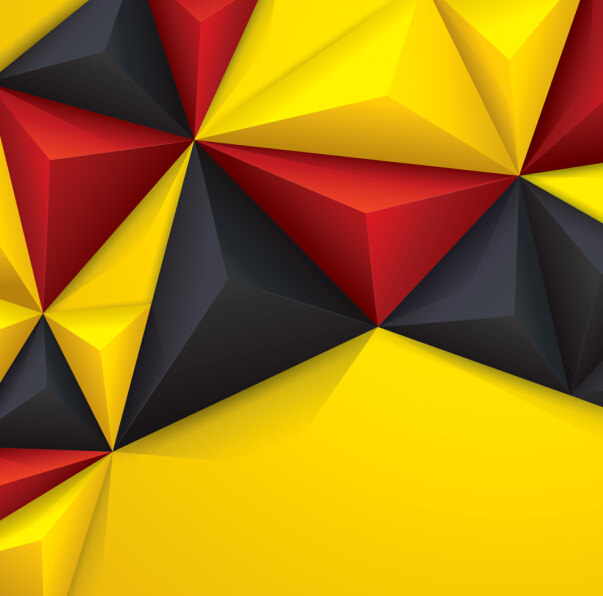
- #Render vector 2d html5 pdf
- #Render vector 2d html5 install
- #Render vector 2d html5 code
- #Render vector 2d html5 Bluetooth
Secure Zero Touch Provisioning (sZTP) in OPIĪ general purpose discord bot, written in GOĪn easy way to generate translations for your Go appĪ modern top command that charts system metrics like CPU load, network IO, etc in the terminalĮasy to handle byte type in your Go JSON structs Implemention of Visual Cryptography by Shamir and Naor
#Render vector 2d html5 Bluetooth
#Render vector 2d html5 pdf
Stani Michiels implemented the pdf backend with the gofpdf package. Also he created a pure go Postscript interpreter, which can read postscript images and draw to a draw2d graphic context.

He implemented the image and opengl backend with the freetype-go package. Laurent Le Goff wrote this library, inspired by Postscript and HTML5 canvas. This will generate output by the different backends in the output folder. Or if you want to run with test coverage: go test -cover. The samples are run as tests from the root package folder draw2d by: go test. SaveToPdfFile( "hello.pdf", dest)ĭrawing on opengl is provided by the draw2dgl package. MoveTo( 10, 10) // should always be called first for a new path gc. Initialize the graphic context on an RGBA image dest := draw2dpdf. "/llgcode/draw2d/draw2dpdf" "image/color"
#Render vector 2d html5 code
The following Go code generates a simple drawing and saves it to an image file with package draw2d: Or Current release go get -u /llgcode/draw2d Stable release go get -u gopkg.in/llgcode/draw2d.v1
#Render vector 2d html5 install
To install or update the package draw2d on your system, run: Package draw2d follows the conventions of the HTML Canvas 2D Context for coordinate system, angles, etc… All drawing operations can be transformed by affine transformations (scale, rotation, translation). Operations in draw2d include stroking and filling polygons, arcs, Bézier curves, drawing images and text rendering with truetype fonts. The second image is the result of samples/postcript, which demonstrates that draw2d can draw postscript files into images or pdf documents with the ps package. The first image is the output of samples/geometry. See the documentation for more details.Ĭlick on an image above to get the pdf, generated with exactly the same draw2d code. draw2d is released under the BSD license. There’s also a Postscript reader that uses draw2d. = "rgba(255,0,0,0.Package draw2d is a go 2D vector graphics library with support for multiple outputs such as images (draw2d), pdf documents (draw2dpdf), opengl (draw2dgl) and svg (draw2dsvg). MapRenderer.draw and MapRenderer.drawTile This allows the game to share the majority of the Rendering logic between the MapRenderer and a CharacterRenderer, which we'll define later.

The MapRenderer extends a base Renderer object and adds a custom draw method. Any tiles with a value of 0 are skipped we'll just let the background show through. It then clears the map and iterates over each tile in order to draw to the canvas at the tile's X and Y coordinates. The MapRenderer draws to a reference from the game map and the canvas element. Using multiple layers is easier and faster than using a single layer as it means you won't have to redraw the background every time a character moves. In order to render your map you'll need a Renderer object, which will be responsible for rendering one layer of the game. You can use this type of map as the basis for collision calculations, as well as for rendering the game to the screen. ,įrom the code above, we can see that the game area has walls all around the edge as well as a few obstacles in the middle.


These can be represented in their simplest form by 1s and 0s in a 2D array - here 0 is a walkable tile and 1 is a wall: var map = [ Maps enable you to define the game area programmatically, creating walls with unwalkable tiles.


 0 kommentar(er)
0 kommentar(er)
